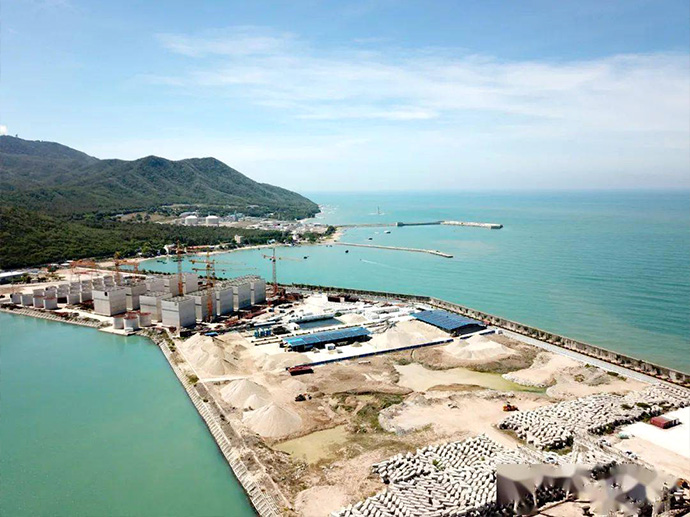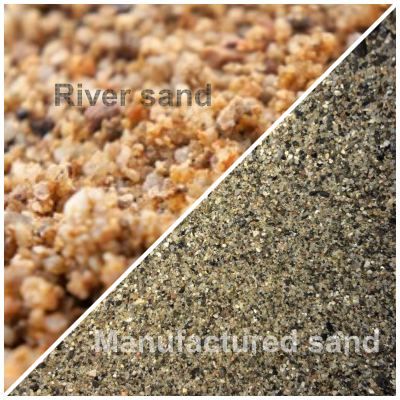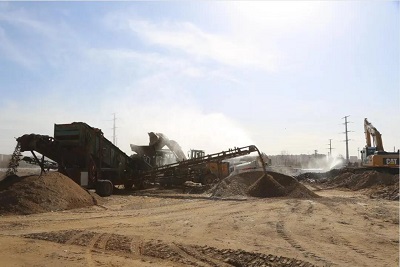Differences in the use of river sand and sea sand
 March.06,2023
March.06,2023
Natural sand is rock particles formed by natural conditions. For example, rocks are weathered or washed by sea water, mainly including river sand, quartz sand, and sea sand.
Natural sand is widely used in the field of infrastructure construction.
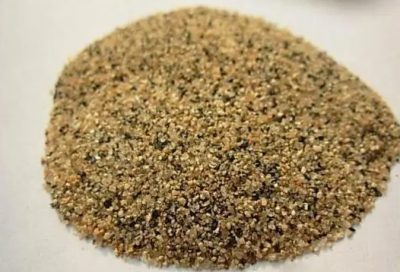
river sand
River sand is a non-metallic ore with complex composition, smooth surface and high impurity content, which is produced by repeated collision and friction of rocks under the force of water for a long time in the natural state. It is mostly used in construction, concrete, cementitious materials, road construction materials, artificial marble, cement physical performance test materials (ie cement standard sand), etc. River sand can also be used in foundry, metallurgy, heat treatment, steel structure, frame structure, repair, bridge, mine and other fields.
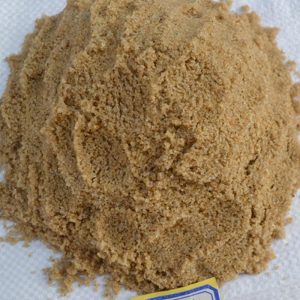
sea sand
Sea sand is sandstone in the sea washed and polished by seawater. In addition to silica, sea sand also contains a small amount of chloride ions, feldspar, calcium, magnesium, mica and so on. Sea sand is mainly the main raw material for machinery and foundry sand, and it can also be used for abrasive materials, refractory materials, etc. Although sea sand has the advantages of river sand, it is often mixed with shell fragments and contains more salt. Sea sand contains excess chloride ions, which can corrode steel bars in reinforced concrete.



